How to destroy clover in the lawn
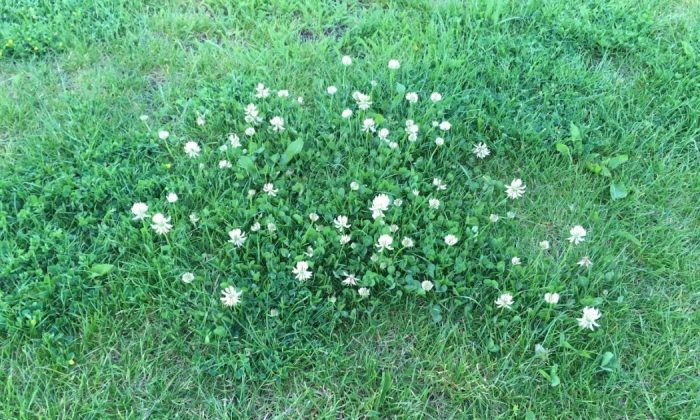
Who does not want a perfect lawn? Everyone does, but to grow and groom a perfect lawn is not as simple as it may seem. On the contrary. Perfect lawn requires a meticulous care.For example, a nice-looking clover can destroy virtually any lawn and rather quickly. One plant is enough, and if you fail to take an action in time, your lawn will be soon covered with clover. So, how can you get rid of clover? There are many ways. We shall introduce some of these methods in more detail below.
Selective and non-selective herbicides
First of all, you should know that there are many chemicals on the market, which may be divided into selective and non-selective herbicides.
Selective herbicides
Use selective herbicides before sowing, after sowing, or even after small plants appear, or after you finished your harvest. Selective herbicides are designed for particular types of weeds. When using selective herbicides, you should wait for clovers and other weeds to grow fairly well. You may choose direct applications that act on contact at a particular spot. Systemic herbicides are also available. These chemicals first affect the aerial part of the plant and then spread to the roots and gradually eliminate the weeds. There are also chemicals for root applications and these are applied before the unwanted plants emerge but unfortunately, these chemicals remain in the soil for a rather long time.
Here are few products that we use.Bofix is a typical chemical designed toeliminate dicotyledonous weeds. The interesting thing is that the warmer the weather, the better it works. If you use this type of chemical do not mow your lawn for a week or two after application.
Non-selective herbicides
Non-selective herbicides are used for the complete elimination of all plants. Make sure that plants you want to keep are not affected by them. Contact type chemicals tend to work longer, but they partly remain there and leave residual chemicals in the soil. Systemic types spread through the green parts of the plants and leaves no residuals.
Photo: Radek Štěpán
Mechanical removal
Mechanical removal of weeds is preferred by some gardeners and of course, it is the most environment friendly method, but it is feasible only at the beginning. If clover plants have spread too much it will be a rather futile effort…
Lawn pH
Pay attention to pH of your lawn. High pH values increase the growth of weeds. The optimal pH value ranges from 6 to 6.5. Alkaline soil is excellent for weeds and for rapid multiplication. You can maintain the best pH by fertilizing your lawn regularly.
Preview photo: Radek Štěpán

Gardening is my hobby, I have a lot of experience and I am happy to share it.
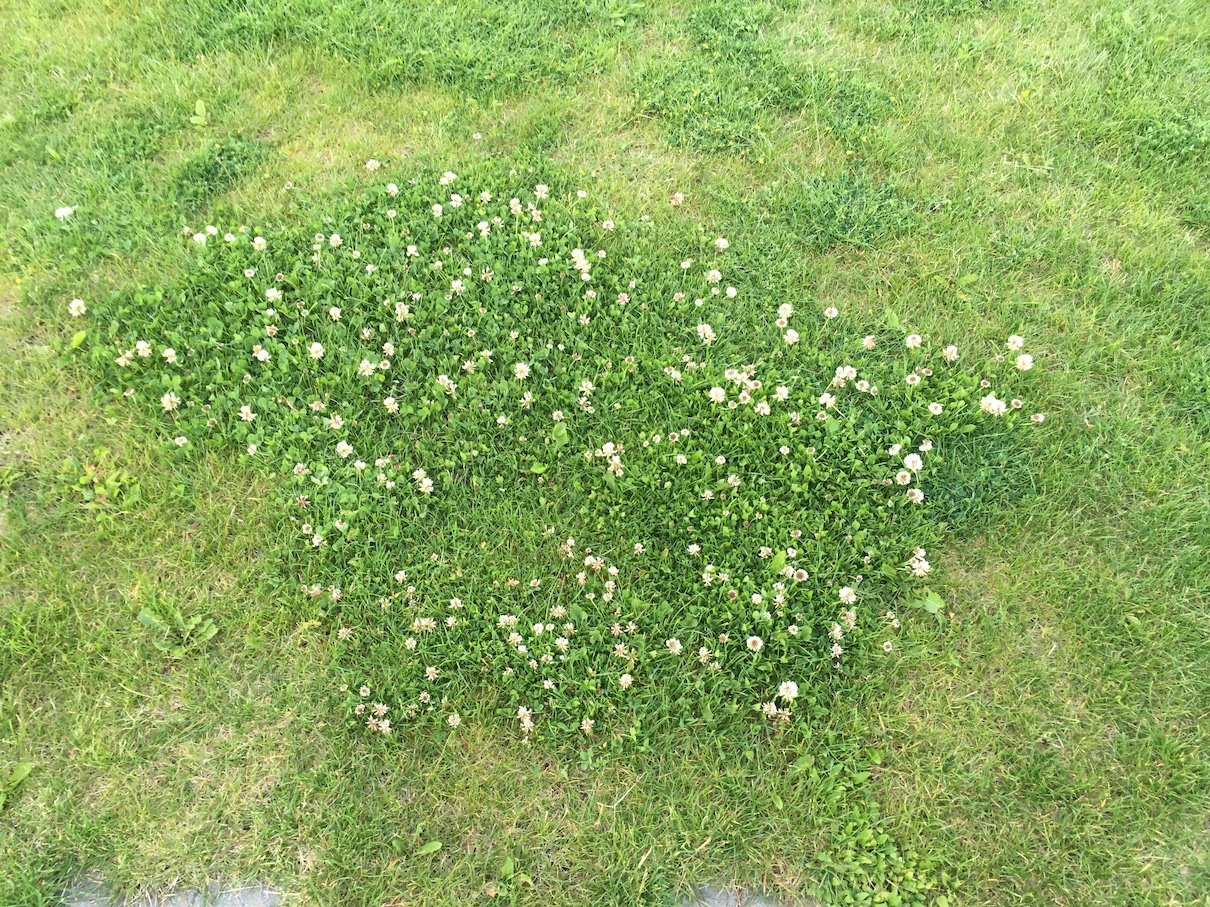
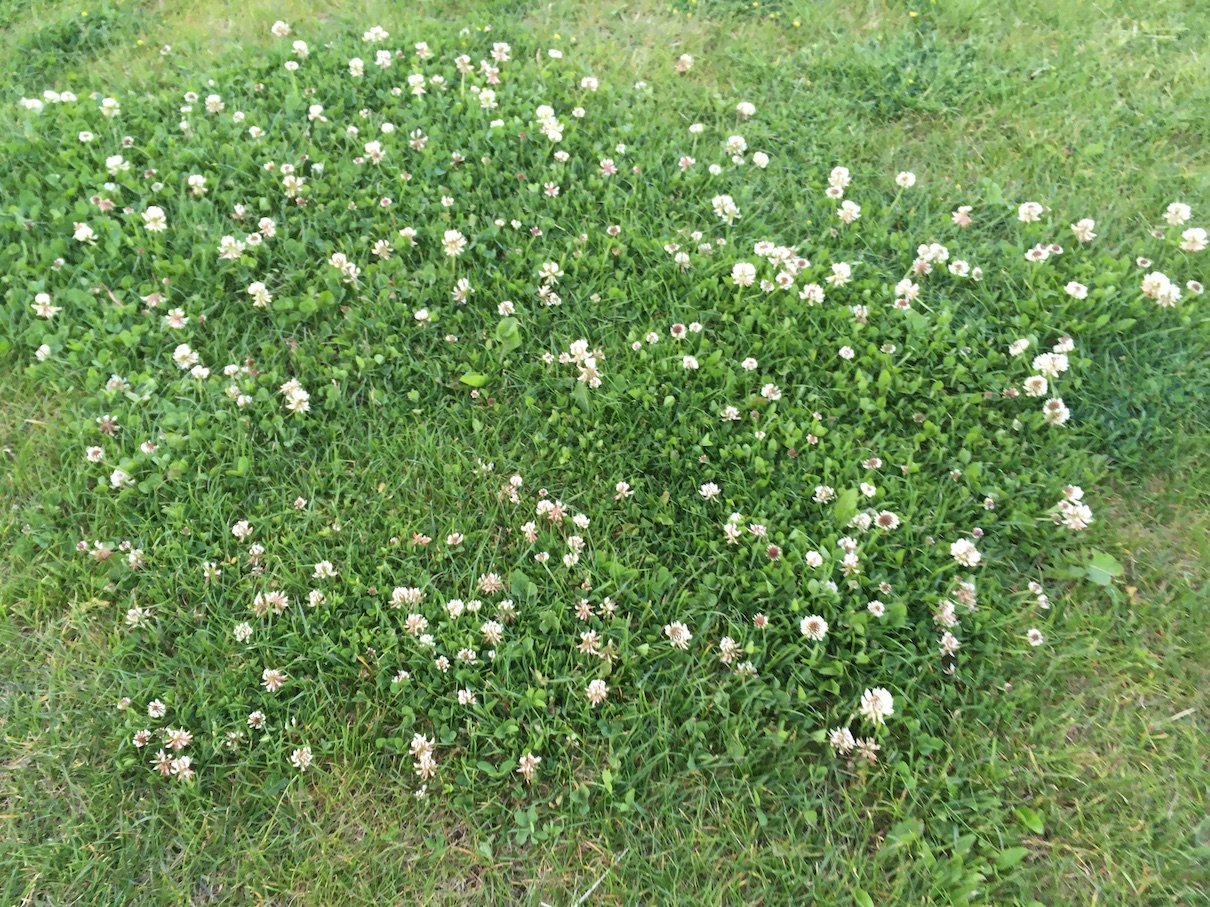




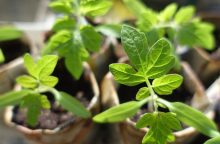
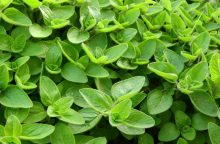


0 comments